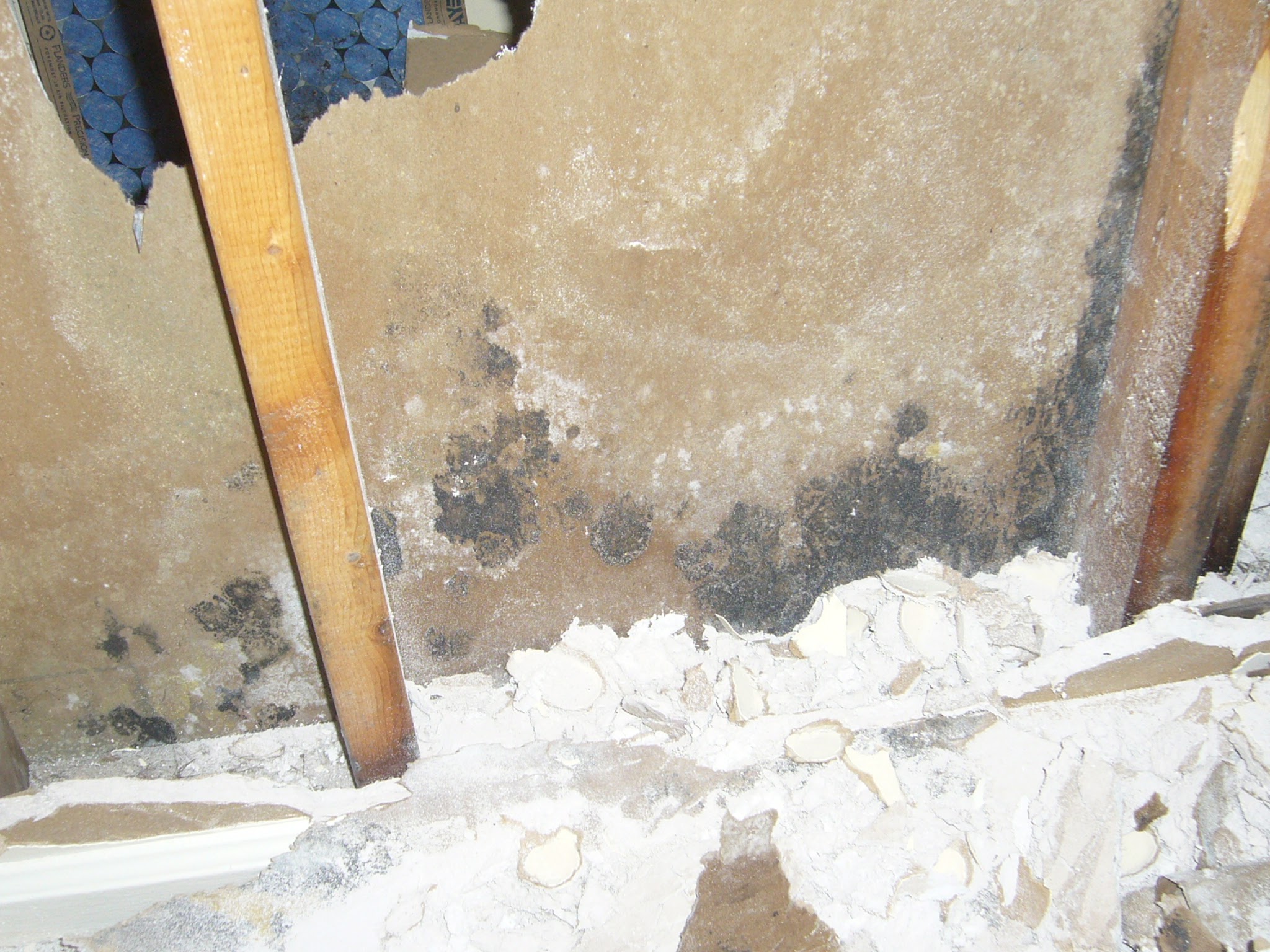Everybody maintains their own assumption involving How to Prevent Bathroom Water Damage.

The restroom is incredibly vulnerable for wet buildup and also possible water damages because of the regular use of water in it. This short article provides simple inspection techniques to aid discovering water damage risks.
The frequent use of water in the washroom makes it exceptionally prone for damp build-up and potential water damages. By checking it consistently, you can minimize water related problems.
The complying with collection of assessments is easy to do and must be done once in every 3 months in order to keep your shower room in good shape and also to prevent possible water damages brought on by the bathtub, the shower, pipeline joints and plumbing, sinks, cupboards, and the bathroom
Do not forget carrying out these examinations as well as be detailed while executing them. Keep in mind that these easy examinations can save you a great deal of money by giving early signs for water damage
Sinks and Cabinets
Sinks and also cabinets are revealed to moisture and also humidity everyday and are typically overlooked. Check regularly under the sink as well as on the kitchen counter above it. Fix any drip in the catch as it might suggest drainpipe problems. Browse the sink, slow-moving draining pipes may show a blocked drainpipe. Change sink seals if they are broken or loosened.
Bath tub and Shower
The shower as well as bath tub require unique focus and upkeep. Examine the tiles as well as change if cracked. Make certain that there is no missing out on grout between the floor tiles. Evaluate and replace fractured caulking at joints where the walls meet the flooring or the bath tub. Clogged drains as well as pipelines troubles will avoid the bath tub from drying out and may suggest severe troubles beneath the tub. Talk to a specialist immediately to prevent structural damage. Focus on stainings or soft locations around the bathtub walls as they may suggest an interior leakage.
Plumbing
Signs for water damages are tough to detect since many pipes are set up inside the walls.
Pay unique interest to floor covering and also wall surfaces wetness and also discolorations as they might show an unseen plumbing problem. Check moisture levels in adjoining rooms as well.
The Toilet
The toilet is a susceptible water junction. Check the water lines and search for leaks around the toilet seat, in the hose, and under the water tank. If you detect any signs of moisture on the floor around the commode, look for leakages in the toilet edge and also container seals.
Know that hanging bathroom bowl deodorants enhances the chances for clogs.
Water Damage Signs In The Bathroom To Avoid Cleanup
Musty smell
This is one of the easiest signs to catch because musty smells are so odorous. The damp, earthy, moldy smell should be a big red flag. The smell will develop when moisture gets trapped in surfaces, and begins to facilitate mold growth. Leaking pipes under cabinets, inside walls, and behind shower fixtures will cause moisture to stay trapped and not dry, which will lead to mold growth and spread. As soon as you notice any musty smells in your bathroom, have it checked for hidden water damage and cleanup signs.
Visible mold
If the smell isn’t there to give it away, sometimes you will actually see mold growth. Finding mold in your bathroom is a serious problem, because mold is very harmful to your health. By the time mold growth is visible, it also means that water damage has already occurred and been present for some time. The only way the mold problem can be resolved is to find the source of the moisture and get it stopped. To safely and adequately remove mold, you need to have professionals handle the remediation. Do not waste any time in getting mold problems addressed, fixed, and sanitized so that you can protect you and your family from the many respiratory symptoms caused by mold exposure.
Damaged floors
Bathroom floors should be able to withstand some exposure to water while still remaining in good condition. However, when excess exposure or water leaks occur, they will begin to damage even the most water-resistant flooring. If you notice any cracking, bubbling, staining, or warping on your bathroom floors, there is probably a water leak somewhere causing the distortion. If you notice areas of the floor have become softer, or even have a spongy feeling, there is probably damage to the subfloor. Subflooring is typically made up of plywood. When plywood is exposed to water or moisture, it will absorb it. Once it has become saturated, the weight of the excess water will cause the wood to swell and soften. Check the floors in your bathroom frequently to catch any of these sings before they lead to damaged subflooring.
Changes on walls
When water leaks behind walls, it will cause changes in the drywall. Peeling plaster, blistering paint, and soggy wallpaper are all good indicators that excess water is building up behind the wall. Water leaking behind drywall will cause it to swell and be soft to the tough. If you start to notice gaps along the trim of your walls, or where tile meets the wall, it could also be a strong indicator that there is a leak behind the wall. Any changes, distortion, or damage on the walls should be evaluated as soon as you notice it to prevent further water damage and cleanup.

I came across that blog post on How to Repair and Prevent Bathroom Water Damage when doing a lookup on the internet. Make sure you set aside a second to promote this post if you liked it. Thanks a bunch for your time. Visit again soon.
Visit Our Site
Comments on “Exactly How to Help Prevent Water Damage in Your Bathroom”